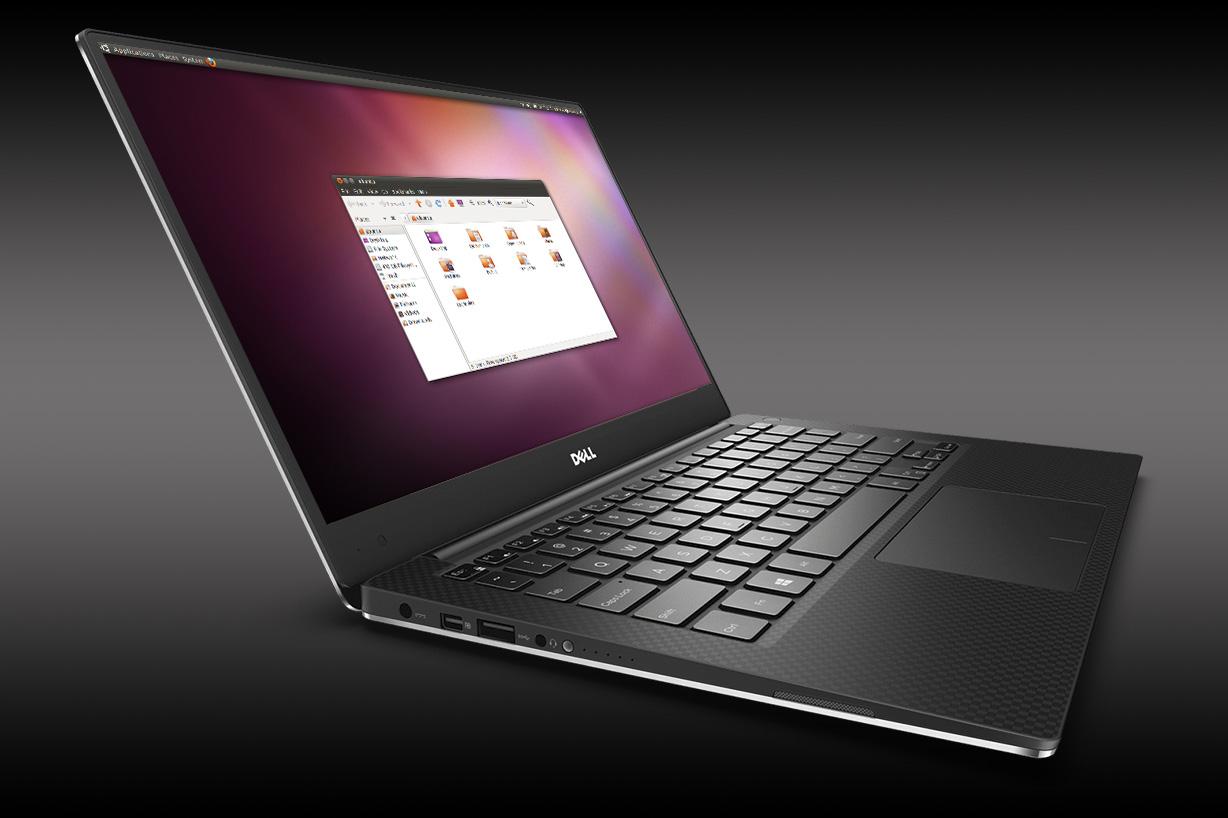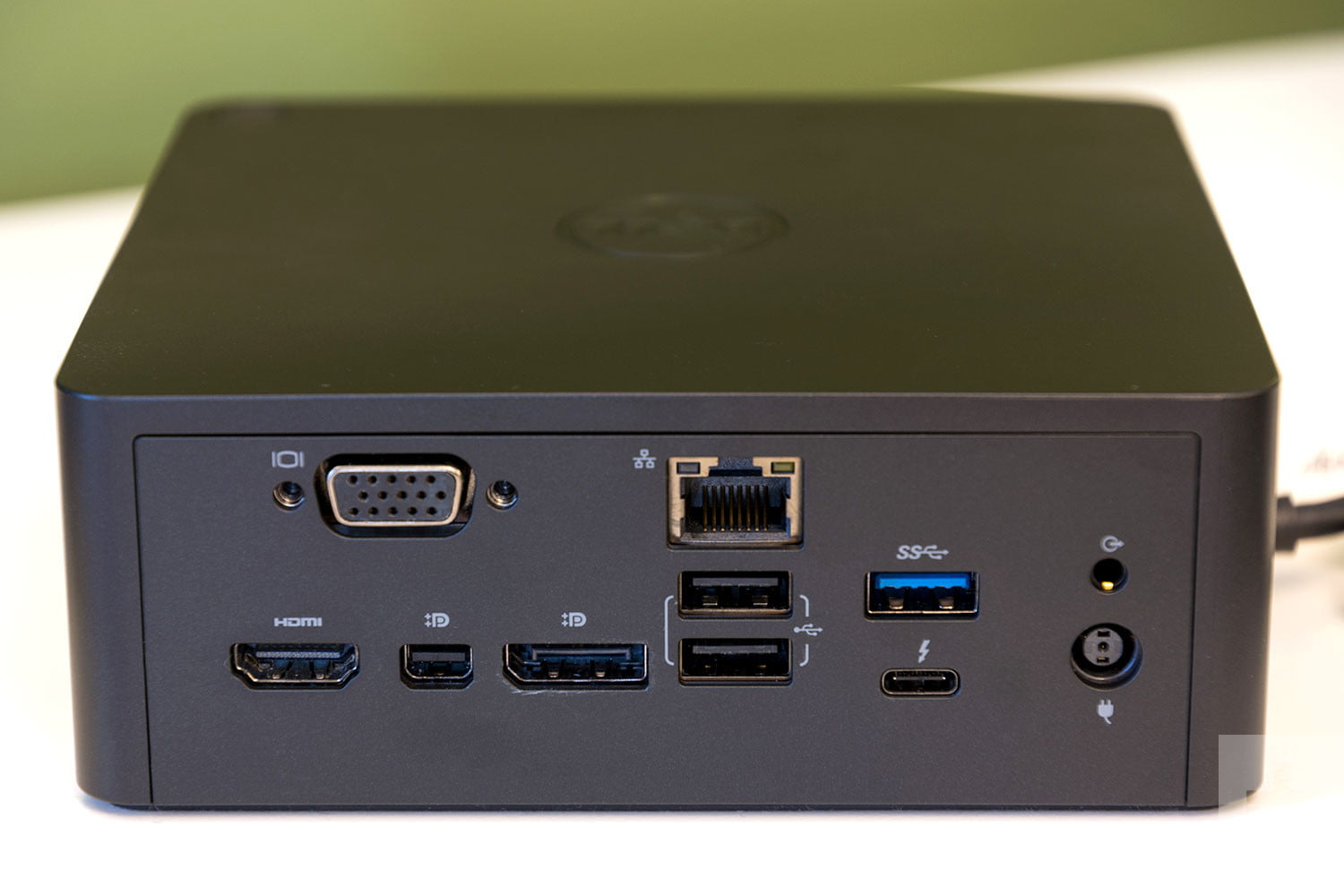I haven’t used Linux on a workstation since 2011 when I switched to Mac. Because of various reasons I’ve decided to move back and this May I replaced my MBP with a fancy new Dell XPS 13 (9360) laptop. This shiny computer comes with a preinstalled Ubuntu 16.04. Of course the experience was quite different from one you get after unboxing an Apple computer.

I first powered it on while being in the office. Customized Ubuntu installer appeared and when I entered 802.1x credentials for our secure wifi it just crashed. Machine rebooted with no users configured and root login disabled. That’s nice, I thought. It took me some time to setup an USB Stick with vanilla installer. After I’ve figured out that there is a recovery partition, but it wasn’t available in the EFI boot menu. Something wasn’t working properly on the vanilla installation so I decided to reinstall it from this recovery partition now using WIFI with a preshared key. Installation went fine except OEM installer didn’t ask me if I want to encrypt partitions so later I would reinstall it again.
I also got a bunch of accessories from dell: Dell TB 16 Thunderbolt dock station, which surprised me with it’s size and weight, and Dell DA200 mobile Thunderbolt adapter. I plugged my screen, network, keyboard and mouse in TB16 and attached it to the laptop. Only screen worked. Seriously? In an hour it turned out that I had to change TB security settings in EFI setup, because it only works under Windows with special app installed with default ones.

So far so good!
Next thing I figured out was that HiDPI support in Linux sucks. In Unity interface scaling works just fine when you have one screen or multiple screens with the same DPI (except for old GTK, Wine, Java and some other things that require custom tweaks). But when you connect a display with different DPI you are getting into trouble! At first none of window managers supports different DPI on multiple screens. At all. Well, Gnome on Wayland supports it but it’s immature yet and scaling works only for Gnome apps. It means that when you launch or move something to a screen with a lower DPI it will be huge or the way around. OK, I’m ready for compromises, what if I downscale laptop’s resolution to match external screen’s DPI. Unfortunately it’s not enough. After changing scale factor only gnome apps resize. The rest you will have to restart to fetch new configuration. For me the rest are Chrome, all chromium-based apps, Telegram, IDEA, gVIM and others. So there are 2 options: restart everything after you connect or disconnect external display or live with blurred laptop screen with downscaled resolution.
For anyone who is looking for a Linux laptop I would strongly recommend not buying one with HiDPI screen It’s just a pain in the ass. While I was using OS X I didn’t even know that such a problem exists.
So, I got my screen and laptop working, as well as USB ports on a dock. After doing some stuff I figured out that I had no network connectivity. Again, more digging. It looked like something was wrong with a NIC in the dock station. I hit a bug related to dock’s USB controller driver LP:1667750. There was a patch, but XHCI is compiled into a kernel, so there is no way to build a DKMS package and the least thing I wanted was to maintain my own kernel build. So I had to apply a workaround and limit NIC speed to 100Mbit/s. BTW in August it eventually got into a stable kernel and already backported to Ubuntu mainline.
Finally I was able to get back to work.

Later I got home and tried to attach screen at home with DA200 adapter. And failed. Again, a lot of investigation. It worked in all modes except Full HD. It even worked with interlaced Full HD (which made my eyes bleeding). Fortunately there was a bug report for this one also. Bug 93578. In DA200 Dell are using DP-HDMI converter that is not following Display Port specs. I’ve learned a lot about Display Port that night. Seriously, ICCE Presentation on VESA DisplayPort is fascinating. At least this problem I was able to fix by creating a dkms package with patched i915 driver. I read through an intel drm kernel mail group and was amazed by an amount of work Intel folks were doing to bring their new stuff to the kernel. Currently it works properly only with hwe-16.04-edge (4.11.0) kernel on Xenial and I’m not sure if it’s going to be backported to the mainline.
Of course I faced other issues later. For example BUG 99295 is the nice recent one (fixed in hwe-16.04-edge). But I have no regrets. I was really missing those insides you get every time something requires a fix while using OS X.
